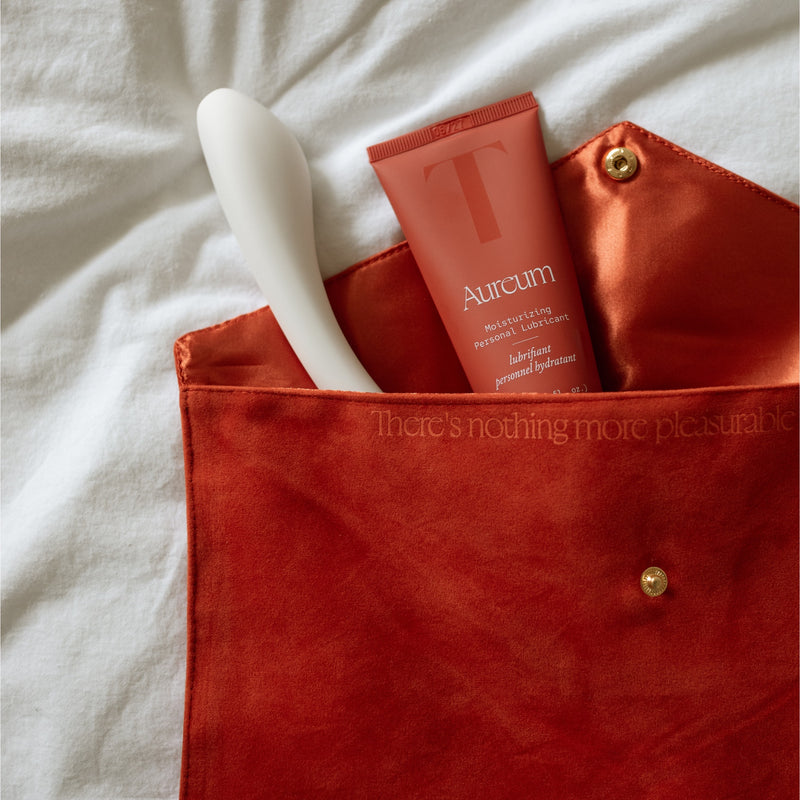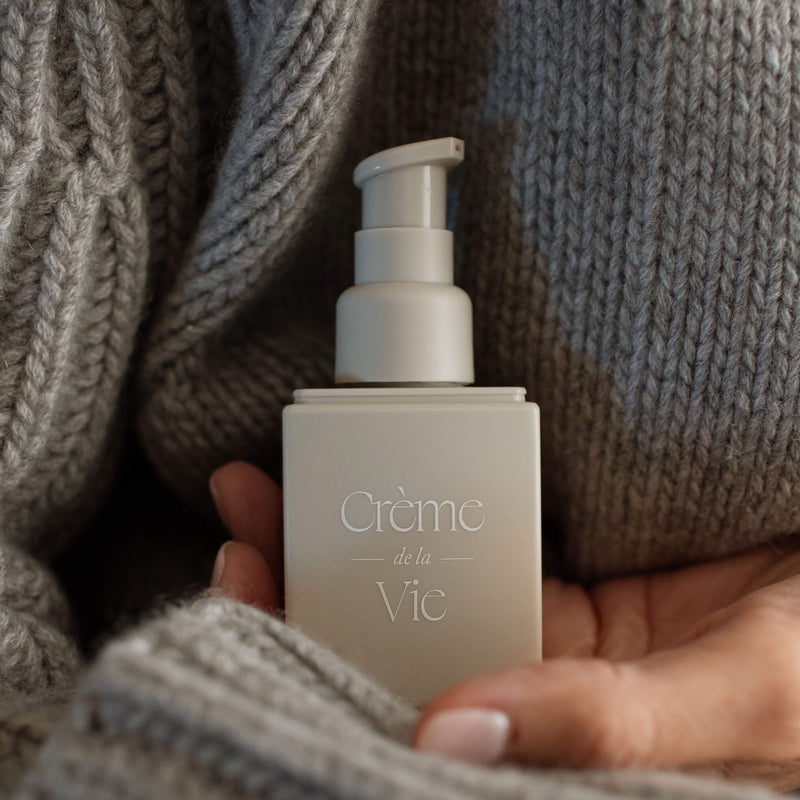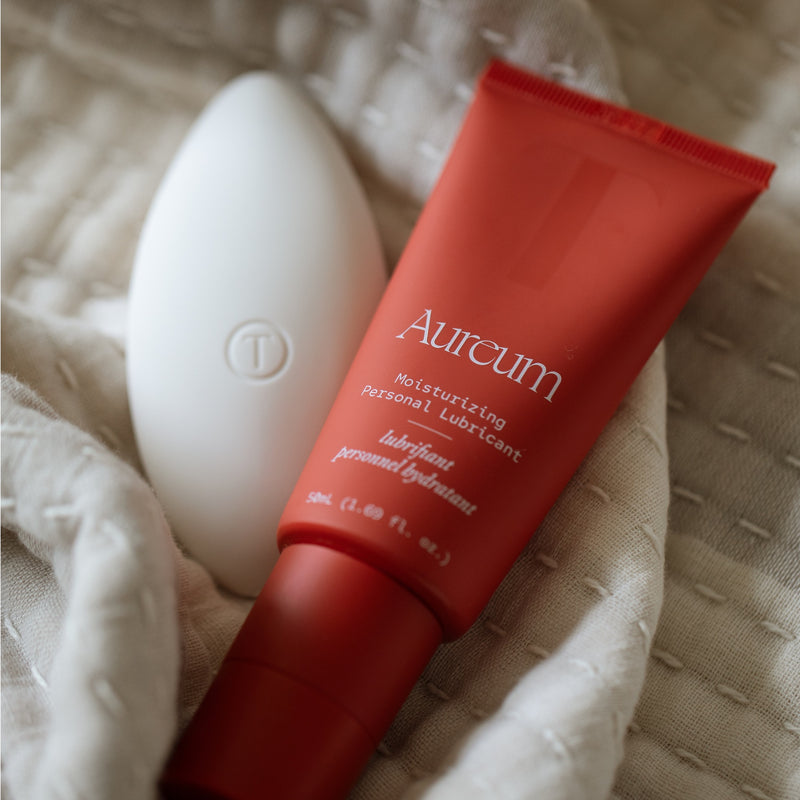The History of Menopause
Every article on the history of menopause always ends up looking somewhat the same. There’s the opening salvo of the first known mention of menopause. Ancient Greece saw Aristotle writing of the age range between which it was observed that women would stop having menstrual discharge and subsequently lose the ability to bear children - between the ages of 40 and 50.
We’ve always had menopause
It’s funny though - menopause has been so ignored as a historical and scientific subject, and the excuse for that ignorance is that women only recently started living past the point of childbearing age. That’s not entirely accurate. Although average life expectancies have changed from around 40 years old in the 1700s to 72 in 2020, the averages were artificially brought down for centuries because of higher rates of infant mortality. In fact, women who make it to age 30 have been expected to make it to 70 for centuries. Although they’re certainly less rare now than in the past - with the percentage of people 65 and older jumping from 4% to 14% between 1901 to 2015 - menopausal women have been around since at least 350 BC.
How something natural became unnatural
The medicalization of menopause is a relatively recent development. Cultural perspectives on menopause throughout the world and throughout history were largely neutral or positive. However, The Age of Enlightenment in 18th century Europe marked an unlikely negative shift toward menopause and women’s sexual health at large.
At the time, society viewed women as inherently sinful beings. That mindset combined with the inventive medical advances of The Age of Enlightenment led to inaccurate and detrimental characterizations of women’s sexual health. Scientists and doctors of the day decided that women and men were completely different in every regard - from their genitals to their skeletons to their brains. Most alarmingly - physicians even believed that the ovaries actually controlled women’s minds.
By the Victorian era, it was a common belief that the link between the womb and the brain made all women susceptible to insanity. Menopausal women were especially demonized. They were believed to suffer from a condition called “climacteric insanity” - the symptoms of which included depression, sleeplessness, restlessness, and anxiety. Women going through what we now know to be totally normal symptoms of menopause were then locked up in asylums as a solution.
Women’s sexual organs became so tied to this idea of insanity that doctors would remove any ovaries that they deemed “diseased” - meaning that menopausal women had their ovaries removed in an effort to cure them and make them “virtuous” again.
Making way for better menopause
Attitudes changed for the better as we entered the 20th century. The prevailing mentality changed from that of menopause being a deficiency of womanhood, to menopause being a period of time that required some degree of medical attention rather than institutionalization. The medical community also made attempts at alleviating menopausal symptoms such as hot flashes - in fact, the first known attempt at hormonal treatment (before they even knew what that was) was made in the form of a Berlin doctor feeding fresh cow ovaries to a young woman who had her ovaries surgically removed. (Which surprisingly kind of worked?)
Hormonal treatments were formalized through the beginning of the 20th century. Although they were primarily developed as a misguided means to restore the “lost femininity” of women past their childbearing years, their existence represented the first real commitment from the medical community to alleviate the symptoms of menopause.
The rest of the 20th century saw more expansive research into menopause. One of the largest studies into the health concerns of postmenopausal women was the Women’s Health Initiative, a series of clinical trials initiated by the National Institutes of Heatlh in the United States.The 15 year study of over 160,000 women between the ages of 50 and 79 is deserving of criticism for its lack of diversity in the demographics of women they studied - the majority of subjects were Caucasion, overweight, and former smokers. That said, the WHI still led to useful data about risk factors for cancers, cardiovascular disease, and osteoporosis in menopausal women. At the very least, the WHI expanded the conversation about health to women in this life stage that was historically ignored or maligned by the medical community.
Menopause: not so mysterious after all
We’re thankful that menopause isn’t quite so shrouded in mystery anymore. With around 60 million women over the age of 50 in the United States alone, it’s important that we keep looking for ways to make life after menopause just as healthy and fulfilling as life before it.
If you or a loved one are experiencing peri or post menopause, we want you to know that it’s normal, it’s natural, and if you haven’t talked about it with anyone, well, you’re doing what people have done since the age of Aristotle: keeping it vague. But we think it’s time to change the course of history.
Talk about menopause and about sexual health in general. And if you don’t want to talk to a friend, you can always talk to us - our inbox is open.
Sources:
http://classics.mit.edu/Aristotle/history_anim.7.vii.html
https://learn.age-up.com/blog/a-brief-history-of-human-longevity/
https://pubmed.ncbi.nlm.nih.gov/15981376/
https://www.routledgehandbooks.com/doi/10.4324/9780203969120.ch3
https://www.balancehormoneoklahoma.com/blog/the-history-of-menopause









